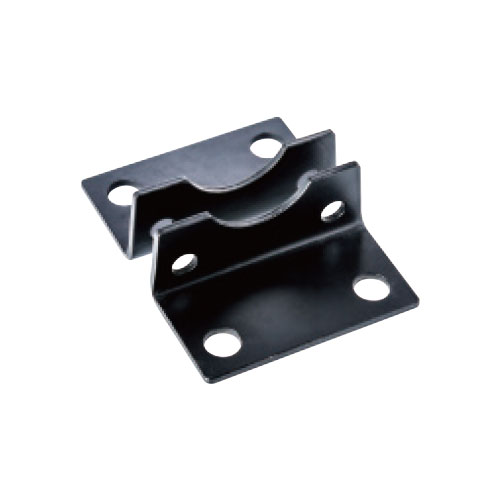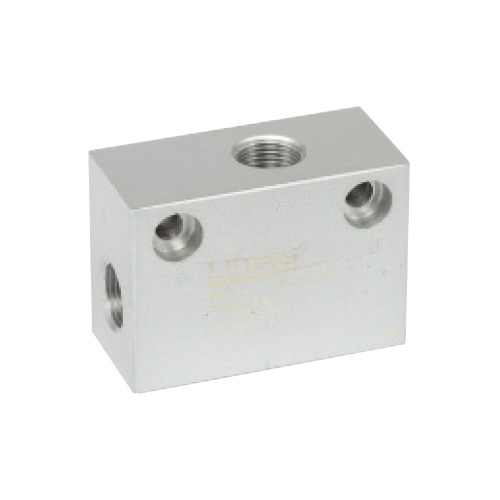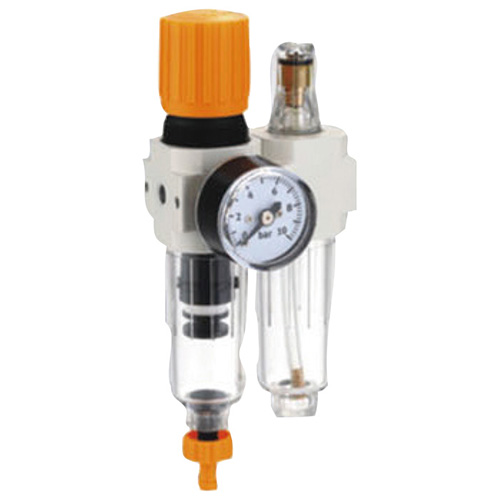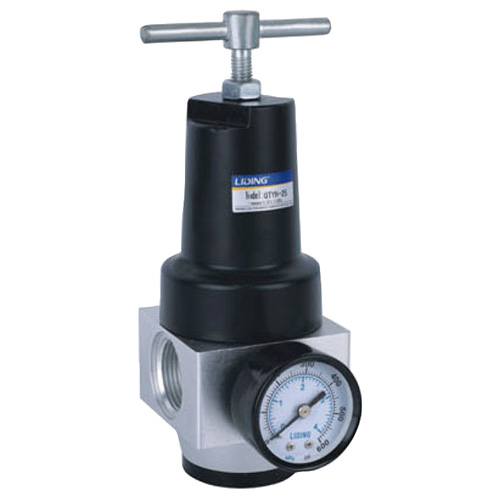Pneumatic actuator inspection method
Pneumatic valves are now more and more widely used in v […]
Pneumatic valves are now more and more widely used in various industries, and the technology of pneumatic actuators is getting better and better. The gap between domestic pneumatic actuators and imported pneumatic actuators is also getting smaller and more diverse. Introduce several inspection methods for pneumatic actuators:
1 Fix the pneumatic actuator on the calibration platform, connect the air source, control air source and displacement detection connecting rod respectively; adjust the instrument on the calibration platform accurately;
2 Mechanical zero calibration: input 4mA current signal (0%), the control gas signal should be 0.02Mpa, at this time the cylinder piston stroke should be zero; if it is not zero, the zero point can be adjusted by adjusting the nut on the zero adjustment screw (zero point) The tightening nut is higher); the zero point and range need to be adjusted repeatedly; the zero point error should be ≤1%;
3 Mechanical full-scale calibration: Input a 20mA current signal (100%), the control gas signal should be 0.10Mpa, and the cylinder piston stroke should be the upper limit; if it is not the upper limit, you can adjust the tension of the span tension spring. Adjust the range (the range is smaller and the tension spring is loose, and the range is larger and the tension spring is larger); the zero point and range need to be adjusted repeatedly; the full-scale error should be ≤1%;
4 Positioning the midpoint of the mechanical range: After the zero point and range are adjusted, input a 12mA current signal (50%, 0.06Mpa), and adjust the position of the position transmitter connecting rod to keep it perpendicular to the horizontal plane at this point;
5 Full stroke deviation calibration: input the control gas signal 0.02Mpa (0%), and then gradually increase the input signal 0.036 Mpa (20%), 0.052 Mpa (20%), 0.068 Mpa (60%), 0.084 Mpa (80%), 0.1 Mpa (100%), make the cylinder piston complete the stroke, the deviation of each point must be ≤1.5%;
6. Non-linear deviation test: input the control gas signal 0.02Mpa (0%), then gradually increase the input signal until 0.10Mpa (100%), and then reduce the signal to 0.02Mpa (0%), so that the actuator can go full stroke , And record the stroke value corresponding to each increase or decrease of 0.008Mpa signal pressure, the actual pressure-the nonlinear deviation between the stroke relationship and the theoretical value must be ≤ 1%; ※
7 Positive and negative stroke variation test: the same as the non-linear deviation test method, in the actual positive and negative pressure-stroke relationship, the maximum difference between the positive and negative stroke values of the cylinder piston under the same air pressure value should be ≤1%;
8 Sensitivity test: increase and decrease the air pressure at the stroke of signal pressure 0.03, 0.06, 0.09Mpa respectively, test the signal pressure change value required when the cylinder piston rod starts to move 0.1mm, the maximum change should be ≤0.2%;
9. Airtightness test of piston cylinder: Connect the pressure of 0.5 Mpa to any air chamber of the cylinder, and then cut off the air source. Within 10 minutes, the pressure drop in the cylinder should not exceed 0.01 Mpa; ※
10 Position transmitter electrical zero point detection: open the upper cover of the position transmitter, connect the wires; input a 12mA current signal (0.06 Mpa), at this time, adjust the circular eccentric wheel in the transmitter to make the black line and the line on it Align the white lines on the board; then input a 4mA current (0.02 Mpa). At this time, you can adjust the zero potentiometer in the transmitter to make the output current 4mA; the electrical zero error should be ≤1%;
11 Position transmitter electrical full-scale detection: input a 20mA current signal (0.1 Mpa), at this time, adjust the range potentiometer in the transmitter to make the output current 20mA; electrical full-scale error should be ≤1%;
12 Position feedback current full stroke deviation calibration: input 4mA current (0%), and then gradually increase the input signal 8mA current (25%), 12mA current (50%), 16mA current (75%), 20mA current (100%), Considering the non-linear error of converting linear displacement into angle change, the feedback current error at 0%, 50%, and 100% points should be ≤1%, and the feedback current error at 25% and 75% points should be ≤2%;
13 Position feedback current positive and negative stroke variation test: the same as the cylinder positive and negative stroke variation test method, the actual positive and negative position feedback current-stroke relationship, the maximum difference between the positive and negative stroke values of the cylinder piston under the same feedback current value Must be ≤1%;
14 Make a check record, fill in carefully according to the content on the check record form, and the inspector must sign;
15 After the above tests are passed, the wiring terminal in the position transmitter should be plugged in, the back cover should be tightened, and then the air source inlet of the valve positioner should be blocked with a plastic plug
Ningbo Lida Pneumatic Complete Co., Ltd is Pneumatic Solenoid Valve Manufacturers








